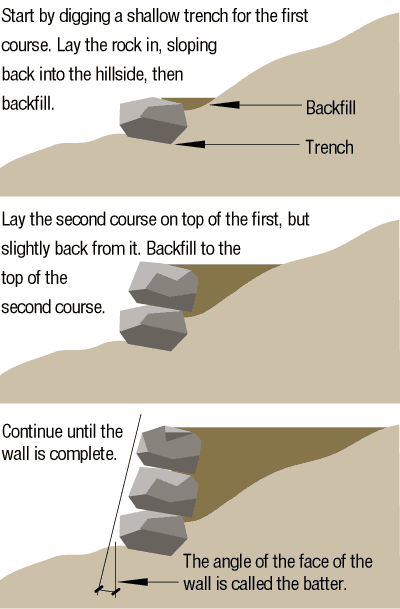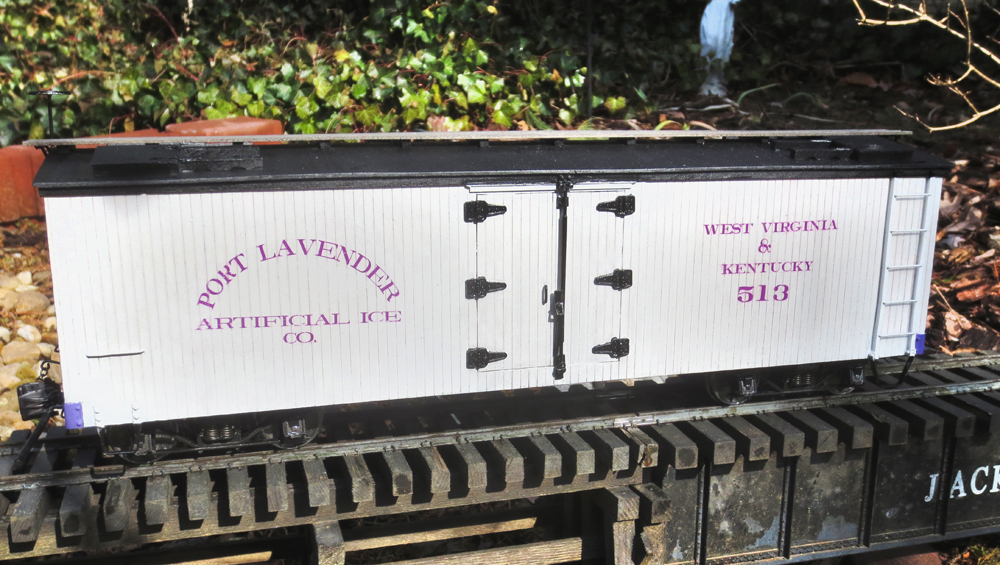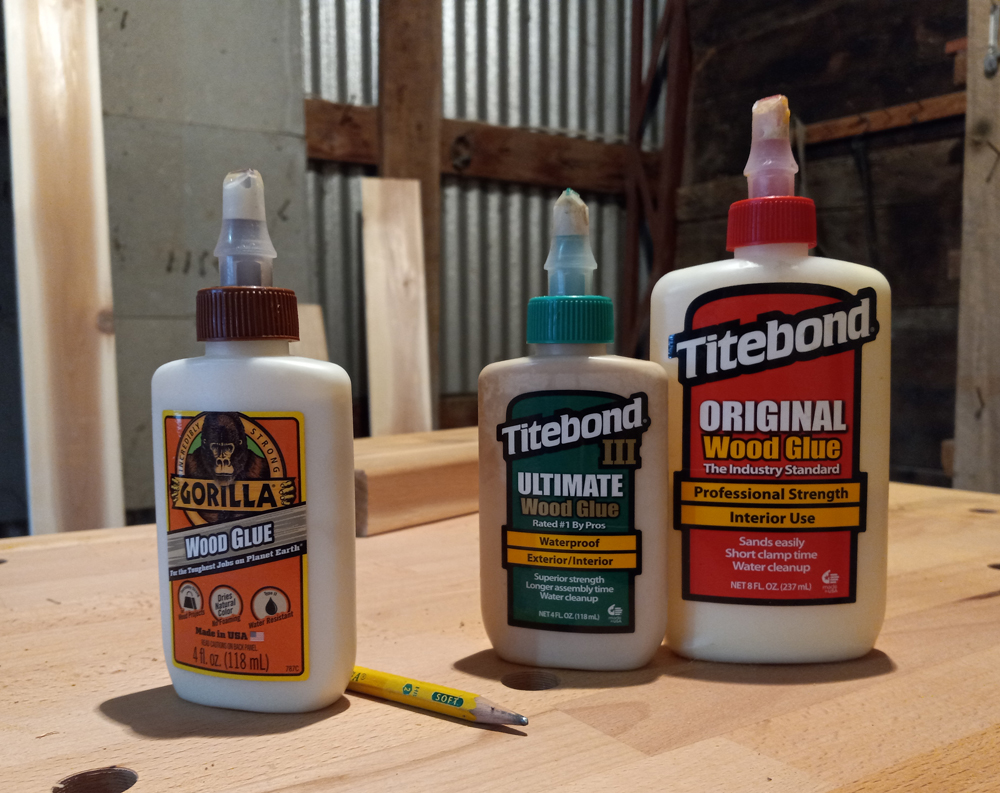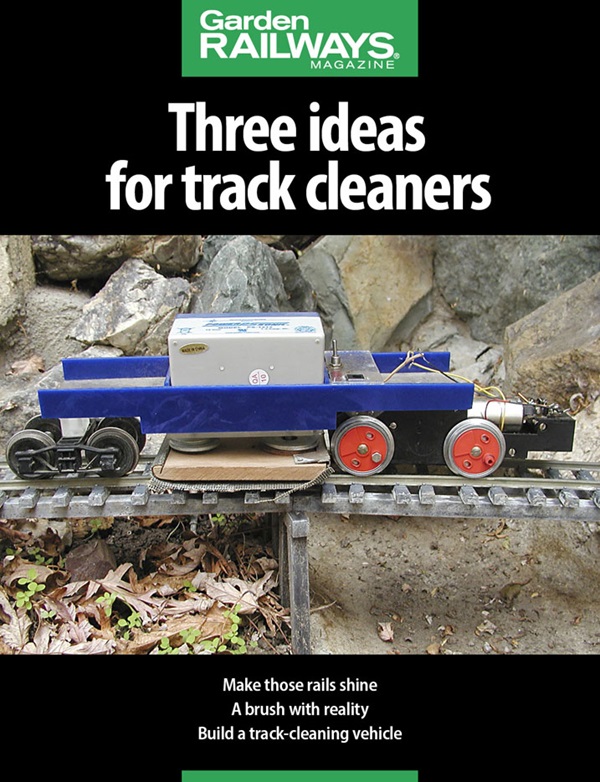If you’ve ever experimented with garden railroading, one of the first hurdles you’ll probably encounter is getting reliable connectivity between track sections when using track power. Especially in outdoor settings, weather and terrain are going to present inevitable challenges to maintaining track performance.
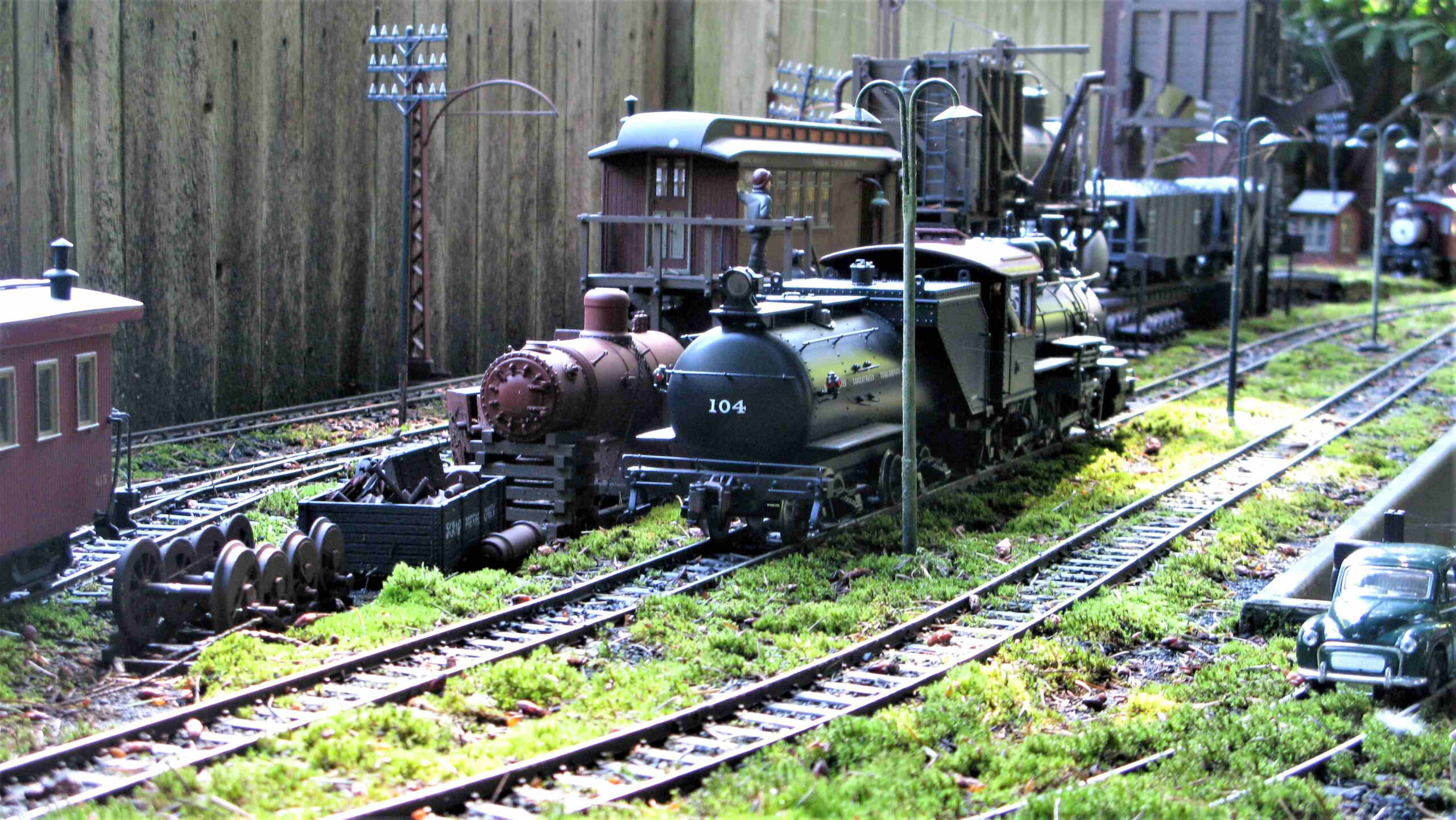
Track installation techniques and track hardware are the most obvious factors to focus on, but our most dedicated forum posters at trains.com insist on the importance of using quality rail joiners, or in some circumstances, rail clamps.
Experienced modelers debate the merits of various types of joiners, so I’ll walk you through what I’ve learned about the benefits of each kind depending on your specific requirements.
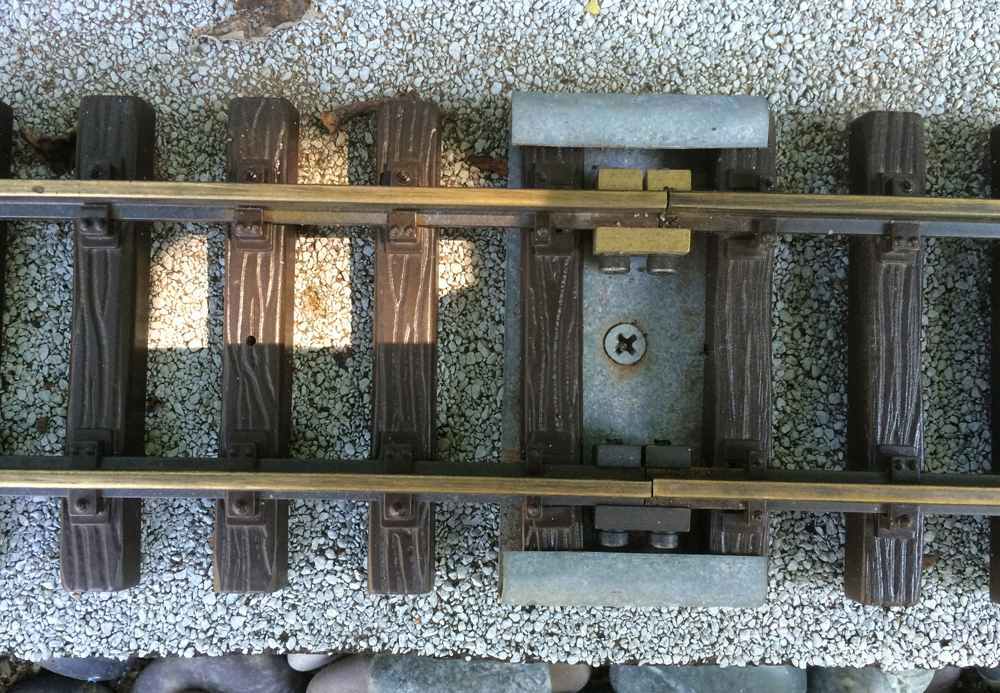
Rail clamps are a popular choice for garden railways for a good reason. They provide a secure mechanical and electrical connection between rail sections, which reduces the likelihood of track separations and power discontinuities. Traditional joiners work fine for a while, but any exposure to weather and temperature fluctuations can cause serious reliability issues, given the lack of secure fastening. Rail clamps come in a few styles and materials, with two main variants: over-the-joiner clamps and direct-to-rail clamps.
Over-the-joiner clamps are generally more robust. They encase the original rail joiners and reinforce the connection. This method not only fortifies the mechanical bond but also improves electrical conductivity across the joints by minimizing voltage drops. If you have a garden railway that sees a lot of temperature variances or if your layout includes a good amount of tight curves, over-the-joiner clamps handle harsher conditions effectively.
Direct-to-rail clamps connect directly to the rail itself (replacing existing joiners). It’s a much more straightforward installation process than you’ll find with over-the-joiner clamps, which sometimes require multiple screws and awkward screwdriver angles. These clamps work particularly well on straight sections of track. That said, they do require more frequent tightening in areas with significant sun exposure or temperature fluctuations, because they have less of the mechanical security inherent in the design of over-the-joiner clamps.
Material choice is the next important factor in figuring out what kind of clamps work for you. Price, durability, and even conductivity can all come into play when you go to finalize the joints of your gauge-1 track.
- Brass clamps are known for their excellent conductivity and resistance to corrosion, and brass is suitable for most outdoor environments.
- Stainless steel clamps have especially high corrosion resistance, and if you live in a coastal or humid area where rust is a concern, you’ll probably want to prioritize that kind of protection over other concerns.
- Aluminum clamps are usually the most lightweight and cost-effective, though they theoretically don’t provide the same durability or conductivity as brass or stainless steel options.
Ultimately, the choice between rail clamps or traditional joiners depends on what you want to do with your garden railroad (and how much maintenance you’re willing to put up with). If you just want the most reliable, sturdy setup, the general consensus is that over-the-joiner clamps are the way to go, especially for extensive outdoor landscapes.
As with any other aspect of model railroading, feel free to start small and stick with traditional joiners until you grow into more specific needs. It’s a hobby that’s as casual or as involved as you want to make it, and you can learn everything you need to know by checking out our extensive catalog of books on railroading, model trains, toy trains, and scale modeling. Check out out extensive collection of garden railroad specific PDF packages. We have more than 100 topics to choose from!
Beyond the trains and tracks, shop.trains.com’s collection includes a variety of railroad-themed merchandise, including puzzles, posters, vintage-style metal signs, and other gifts.





